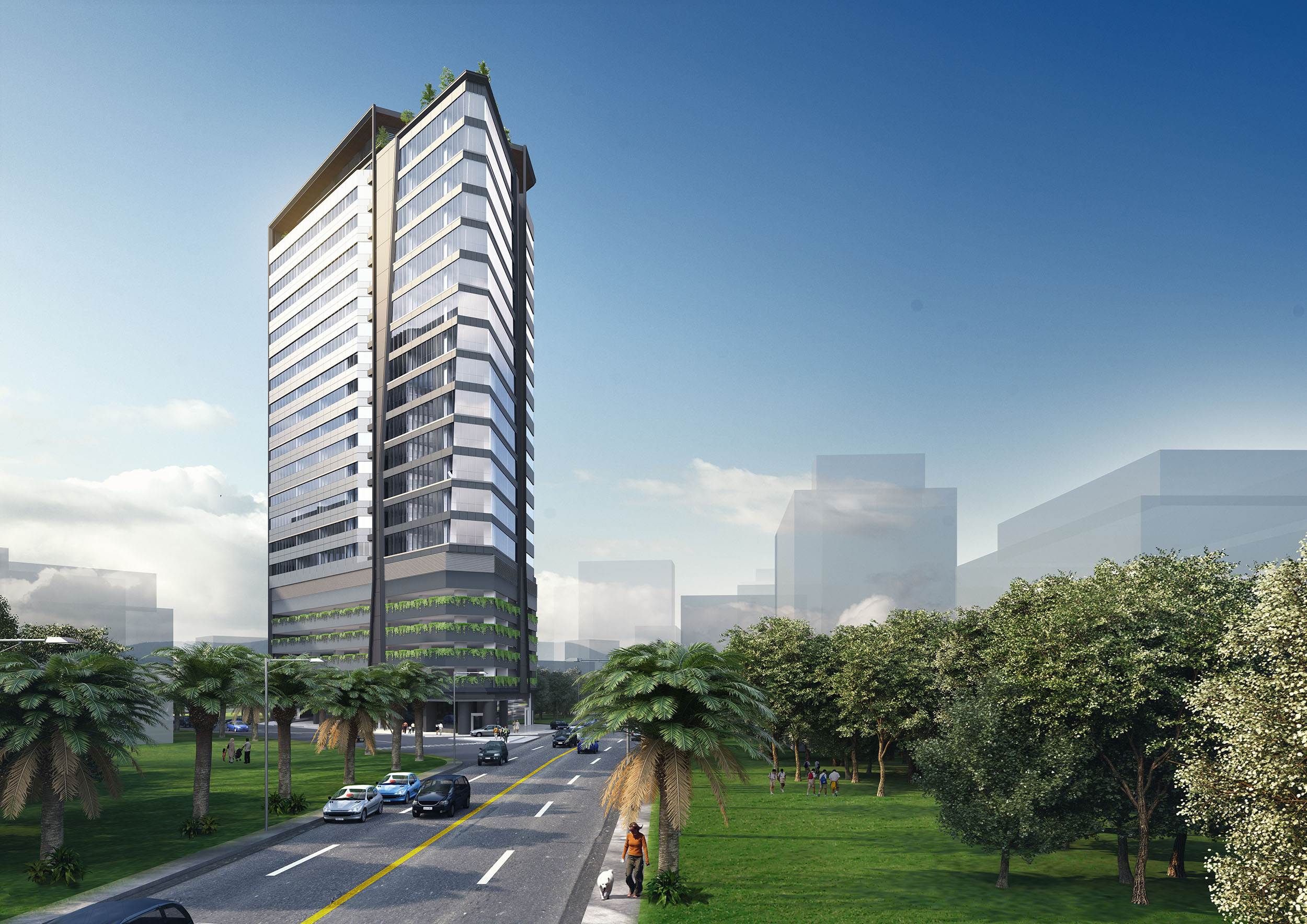
Reading Time: minutes
With an increasing amount of developments, going green it seems the Philippines is turning over a new leaf. This new building trend challenges the confinements of its reputation for having the second most dangerous indoor air pollution in Asia.
Yet, a growing awareness surrounding climate change coupled with the creation of the Philippines Green Council, and initiatives such as Go Green in the City, has seen more companies take action to enhance environmental sustainability. In recent years, the real estate market has seen an increasing number of corporations to become more environmentally conscious and are now adopting greener solutions.
Particularly in Metro Manila, real estate developers such as, Ayala Land, SM, and Megaworld, have adopted eco-friendly programs, including green building and construction that meets the standards of recognized accreditation bodies, such as the Leadership in Energy and Environmental Design (LEED.)
With sustainability at the forefront of Filipino real estate, it's time to ask the appropriate questions building on the minds of developers and landlords. Questions such as whether green features add value to a property and which real estate markets benefit the most?
Credibility: LEED is a good marketing label as its certification adds to a construction company's credibility.
In answer to these questions, KMC's Assistant Manager for Landlord Representation and certified LEED AP, Michael Glindro says: "Going green is not just a good marketing label for companies, it's a triple bottom line as it positively affects companies both economically and environmentally while also benefiting stakeholders."
Financially: Green features have the ability to cut an occupier's costs
The biggest benefit of LEED when focusing on office developments is that green features not only improve the energy performance of a building and lessen its impact on the environment; they also benefit the site's occupiers financially.
It's worth noting that Glindro's employer, KMC Savills, is based in the Sun Life Centre. A building which not only uses double-glazed windows to block heat and let in natural light but also boasts of motion sensors to help regulate electricity consumption. It also features carbon dioxide sensors which drive out pollutants to maintain the quality of indoor air and rainwater harvesting methods that retain, store, and treat water for reuse.
Environmental: LEED is sustainability-focused and thus, lessens the impact of a development on the environment.
According to Glindro, these are the features that more office sites are using to cut costs and environmental impact. He claims the first course of action when constructing an eco-friendly complex is to decipher what kind of certification level to aim for and to adopt a sustainable, holistic approach when sourcing materials to ensure longevity.
"If you go for a LEED Platinum or Gold accreditation, using green materials almost assures you that your building is futureproofed for a very long time. Especially when compared to the other buildings that may look good now, but after some time, will start to deteriorate."
Reputation: LEED builds a company's reputation positively for being eco-friendly and forward thinking.
While it may be true that the more green features development dons, the more expensive it is to build. However, developers have not shied away from eco-friendly projects in recent years. According to the LEED directory, there are currently 65 certified buildings in the Philippines and counting.
This figure consists of commercial and office buildings, restaurants, hospitals, and hotel estates as well as schools and museums. Clearly, forward-thinking developers have noted the value of green construction in the country.
In contrast, the residential market only features one LEED-accredited property, Arya Residences. The two-tower condominium complex is the only one of its kind to be awarded a LEED Gold certification back in 2016, and according to Glindro, it may be the only one for a while.
He said "Although condominium renters enjoy cheaper bills and greener spaces in eco-friendly suburban developments, residential neighborhoods are unlikely to grow in popularity anytime soon due to production costs. Developers usually try to make as much profit as they can. Becoming LEED certified and designing a green project will take quite a chunk out of their budget margins."
While eco-homes may have a lot of work ahead in the plight to go green, retail rather than residential could be the way forward for sustainability development. With a large domestic consumer market and retail sales growth staying on trend malls are not only being built to match demand but with sustainability in mind.
The Philippines has already seen a lot of malls becoming green conscious with many commercial spaces installing solar power on their roofs, and greener areas being created.
This summer saw mall giants such as SM Aura Premier launch their "Lush" Initiative - a green movement that raises awareness surrounding environmental issues and implements their intentions for a zero-waste culture. Moreover, the Lush Initiative introduces Manila's first fully operational herb garden situated inside a mall called the "Boxes of Greens."
SM Aura Premier was the first mall in Manila to receive the LEED gold certification for using almost a third of green materials throughout construction. Glindro predicts this could become a trend in the future as retail tenants look to cut the costs of managing their sites, which can be substantially expensive to operate due to electrical demands.
Value: With proper planning, green homes can be built for the same cost as conventional homes.
He said: "LEED has succeeded in adding value to office sites as an increasing amount of developers and occupants are discovering the benefits of green features. Unfortunately, when it comes to the residential market going green is more of a second thought and isn't a top priority. But in recent years retail is emerging as the future of sustainable, eco-friendly building. I think it's the next step for LEED."
Reach out to Michael Glindro for more information surrounding LEED certification and the benefits of going green. Contact (02) 403-5519 or send an email to [email protected].

